Mission Statement
At Reiki Texas, Anne supports healing through the practice of Reiki and public education in Reiki talks, written articles, and training workshops for first, second, and Master levels of the Usui System of Natural Healing Reiki.
What is Reiki and where did it come from?
Reiki is a global practice that promotes relaxation and healing. This system was rediscovered in Japan by Mikao Usui in the early 20th century. In 1938, Reiki teachings were formally introduced to the West in Hawaii by Mrs. Hawayo Takata. Today, there are many branches of Reiki around the world, and some differ in their practice and teaching of Reiki.
Rei means universal energy and ki is personal energy. This practice catalyzes the body’s natural ability to heal itself, bringing the universal energy through personal energy for the purpose of healing. Reiki is a safe, non-intrusive, non-invasive hands-on technique. The comfort that human touch can bring, coupled with a higher vibrational life-force energy, forms the basis for this integrative therapy. Reiki supports healing at multiple levels – body, mind, and spirit. Reiki can do no harm – its only goal is the highest level of healing.
Anne’s globally renowned Teaching Master, Penelope Jewell, the first Usui System traditional teaching Master in New York, once explained: “Reiki is a natural vibration that all of us have, and Reiki (training) attunements ‘reawaken’ a person’s natural ability to heal themselves or another.”
How does Reiki work?
It’s important to note right away that Reiki “healing” is not synonymous with “curing,” though this may indeed result. With Reiki, there is an energy shift. It may be subtle, even imperceptible, but the Reiki energy that enters the body raises the lower vibrations of the body’s cellular energies to a higher level. Reiki Master Jewell used this example: “The thought is that by my ‘holding’ the vibration of Reiki, like a ‘tuning fork,’ the body/mind/spirit of the person receiving Reiki will access that vibration for themselves – empowering people to heal themselves – awakening within them a power they already have.”
Where Does Reiki Come From?
Reiki Masters train and attune students as they advance through the levels, or degrees, of Reiki, which is recognized as coming from a “higher source.” You might call it God, the Divine, creator, higher power, spirit, or something else entirely. The attunements students receive during training serve to open or “turn on” their ability to be a channel for Reiki energy. This ability enables them to use Reiki to support wellness in themselves and, if they choose, in others. Reiki is available to everyone, no matter your age or illness, and it’s simple and easy to learn.
Reiki Treatment in Kerrville Texas
Reiki is a light, hands-on therapy that typically generates a feeling of relaxation and well-being for the recipients. They may experience a comforting warmth and often fall into a light sleep. Some recipients will experience little or no sensation at all during a Reiki session. This does not diminish the benefits of the treatment they’re simply not being perceived in a physical way.
A Typical Reiki Session in Kerrville, TX
During a Reiki session, the recipient lies fully clothed on a table, covered with a sheet or blanket. There is no need to share any medical diagnosis or details. The practitioner’s hands are placed in a specific sequence of positions on the head, chest, and back for approximately five minutes each. A full Reiki appointment lasts about an hour and a half.
During a Reiki session, Anne offers recipients their choice of soft background music or no music at all. The focus of the session is on the comfort of the recipient. To enhance the experience, Anne encourages questions and discussions to be held after the treatment.
Some Practical Applications for Reiki
While Reiki doesn’t replace professional medical care, it may be used as a complementary and supportive therapy to help balance body/mind/spirit. Reiki is termed an integrative therapy as it helps a person’s body utilize medications much more effectively, especially for chronic conditions. Regularly scheduled Reiki sessions may reduce the dose needed, as approved by your doctor, for conditions such as high blood pressure, diabetes, and pain.
Reiki can be found in a number of medical settings. This natural healing therapy has been used to assist cancer patients with relaxation in the course of traditional medical treatments at Texas’ renowned M.D. Anderson Hospital. Seattle Veteran’s Center has offered Reiki training to Veterans, empowering them to assist in their own recovery. AIDS treatment centers, such as The Living Room in Cleveland, Ohio, and The Globe Centre in London, England, have incorporated the use of Reiki as an integrative therapy and supportive tool.
Reiki Training in Kerrville, Texas
Reiki Texas is dedicated to supporting healing through the practice of Reiki. Anne regularly holds Reiki I and II training events. Give her a call at 830-739-5828 to learn more about natural healing today!

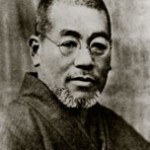
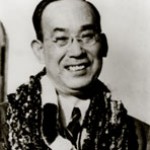
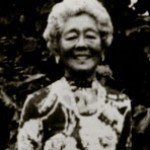
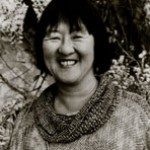
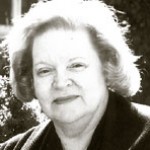

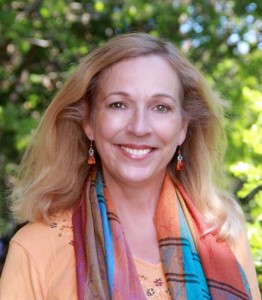
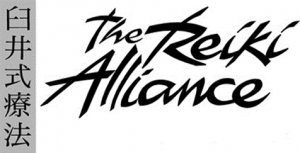
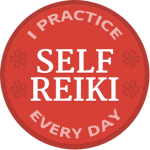
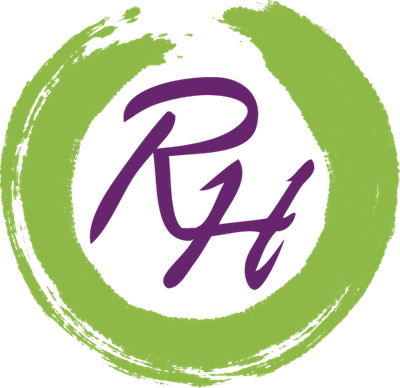
Recent Comments